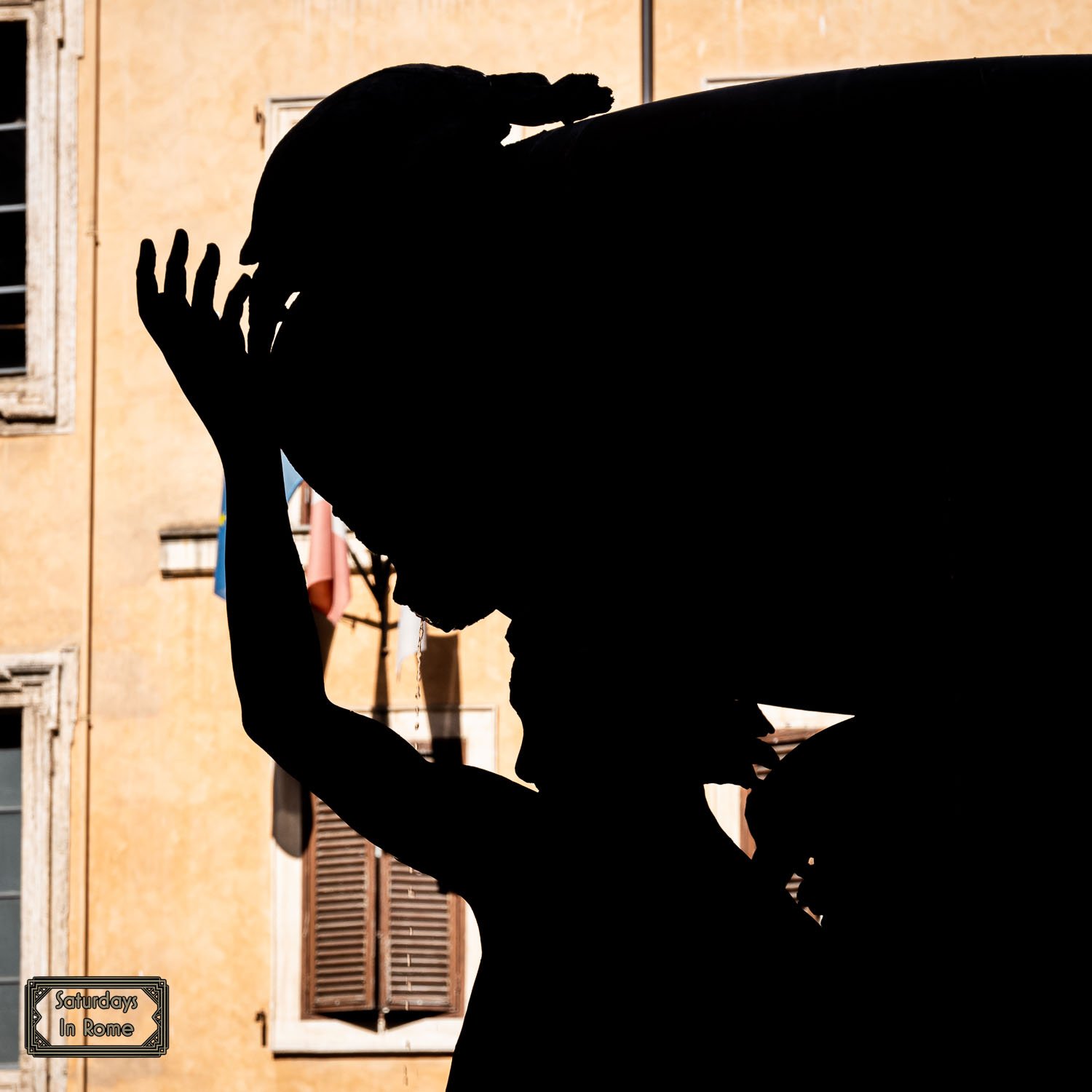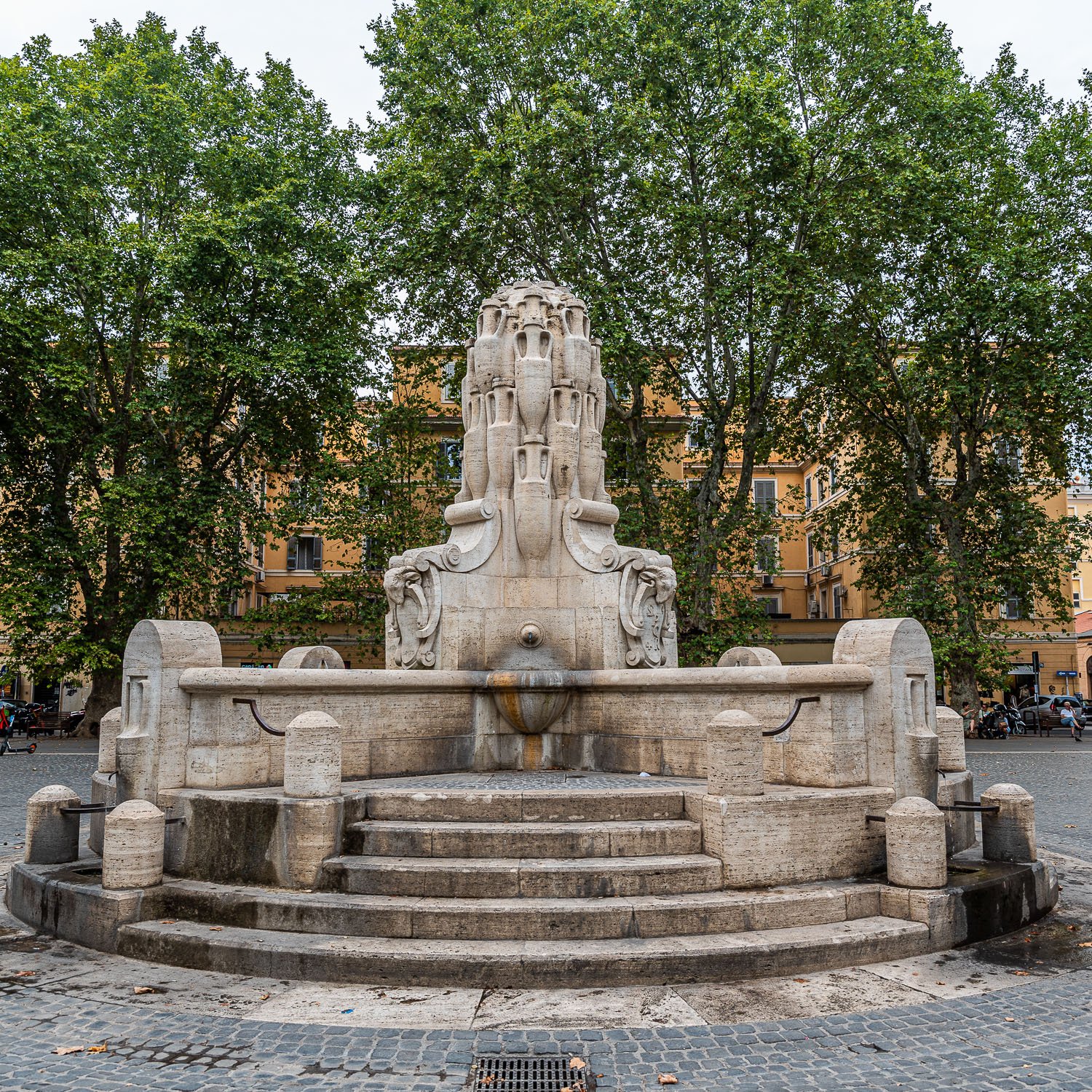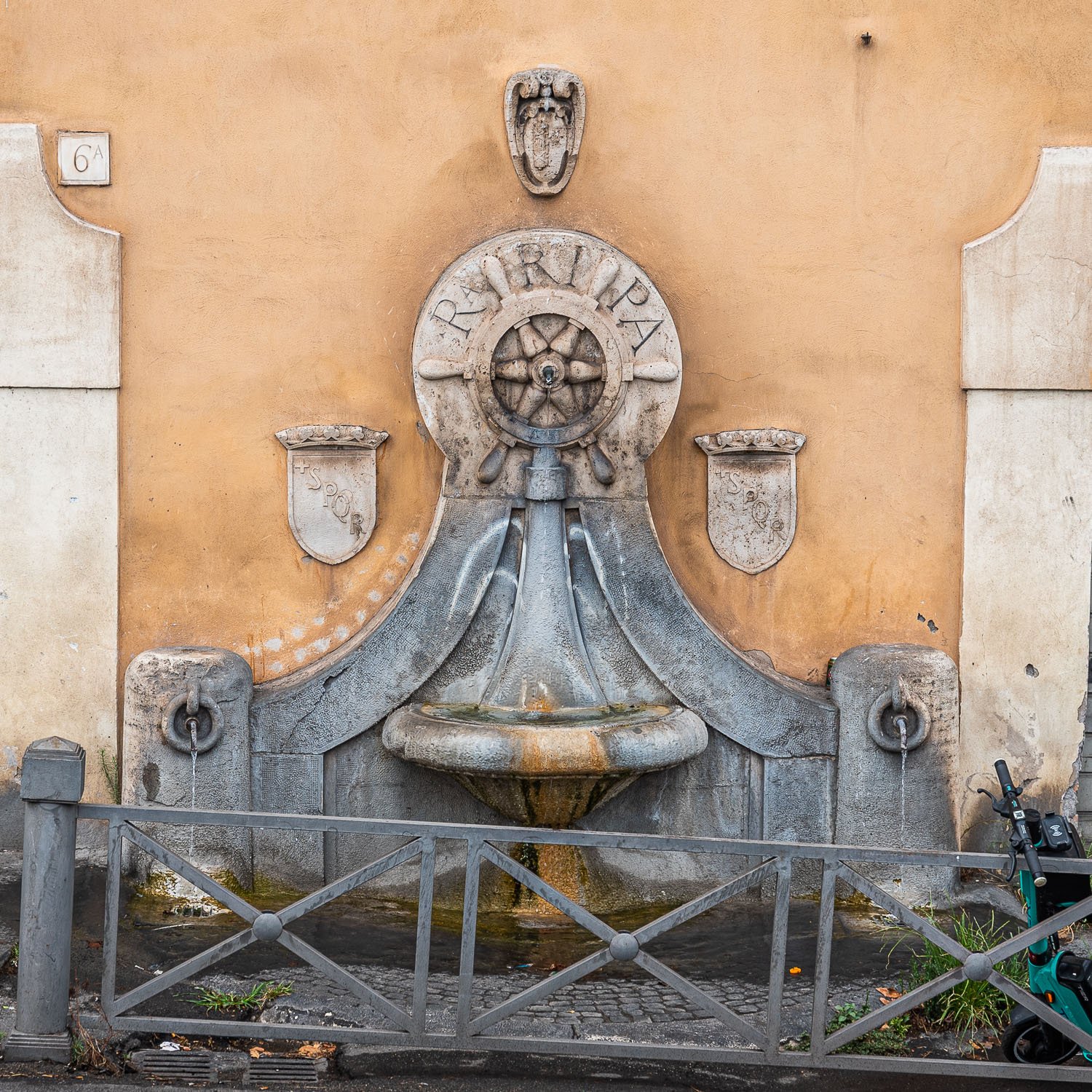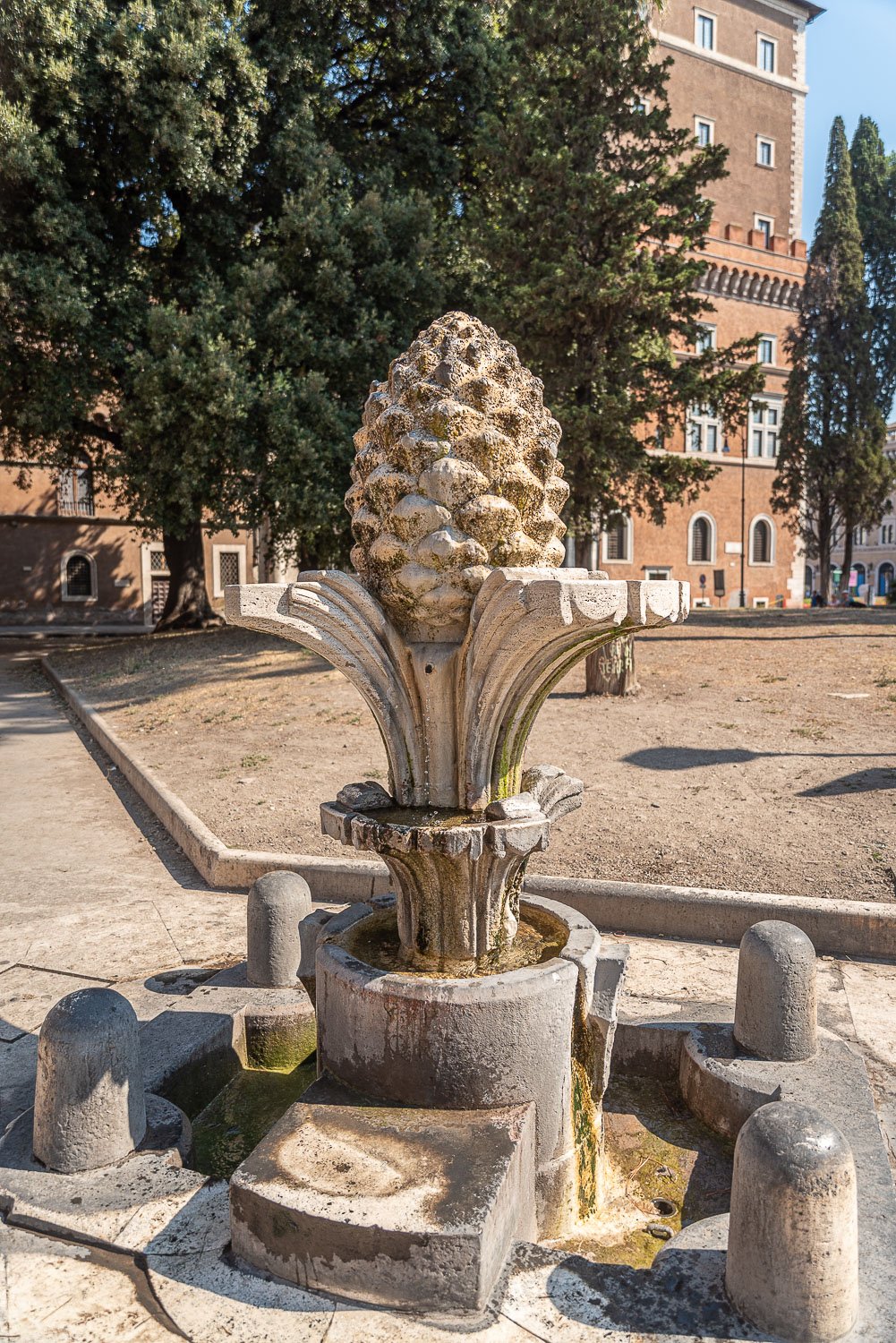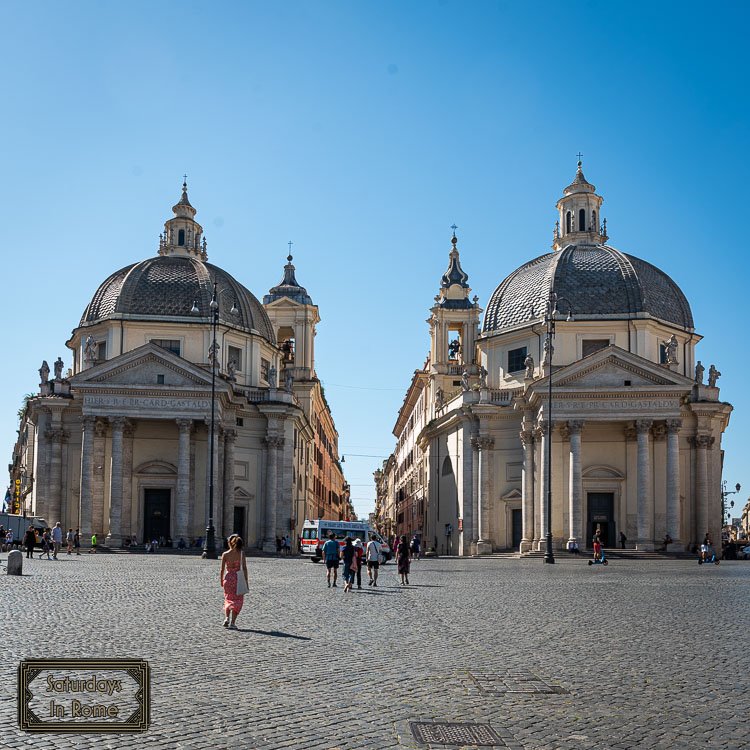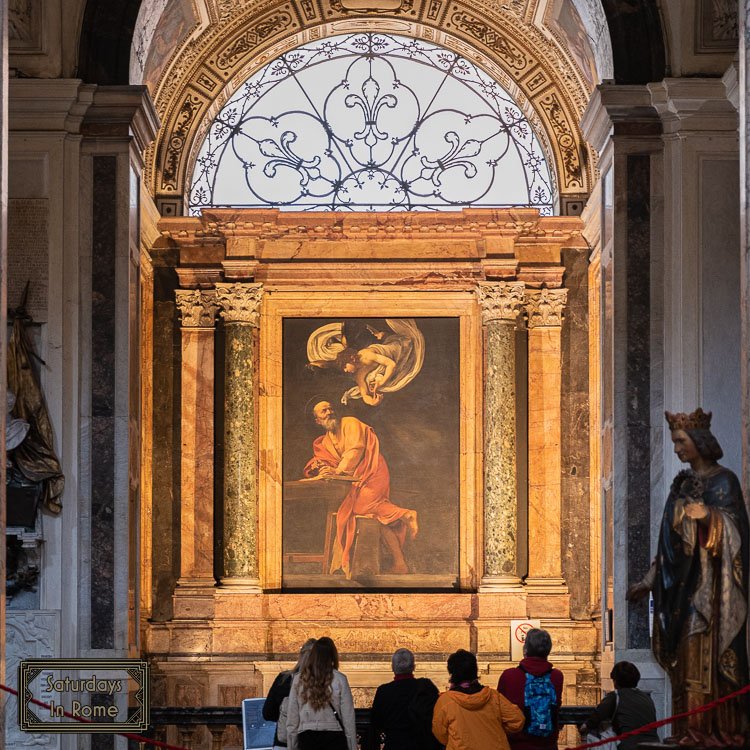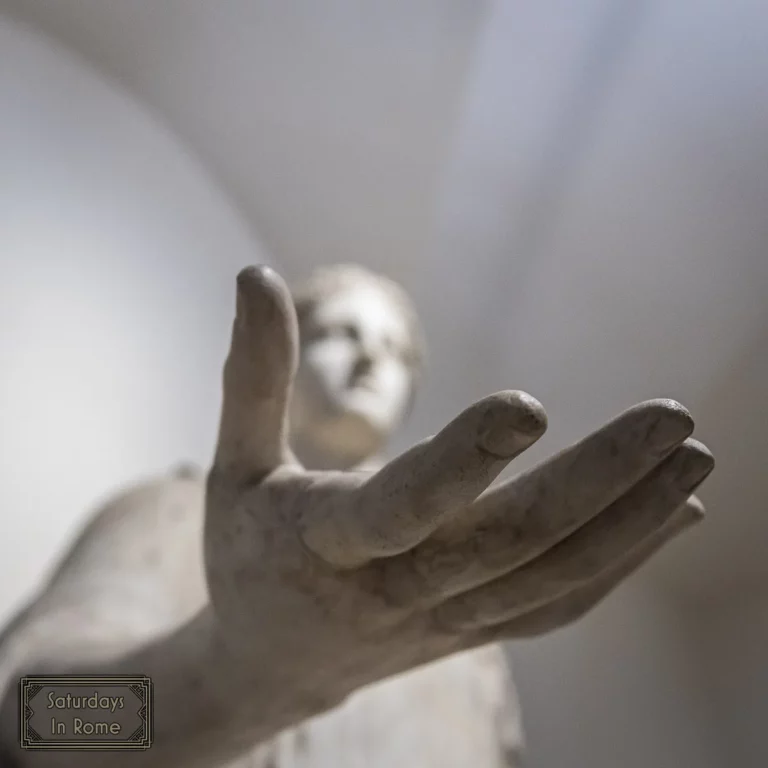The Famous Fountains In Rome, Italy Shouldn’t Be Missed
These famous fountains in Rome, Italy brought me to Trastevere, Testaccio, Vatican City and my neighborhood in Monti for these amazing historical treasures.
Turtle Fountain In Rome
This is a continuation of my previous post about the lesser-known fountains that are truly hidden gems in Rome. I have written about some famous fountains in Rome, but as I mentioned I was inspired to hunt down some of the lesser known fountains so that as I walk around Rome I can have a deeper understanding of the beauty that is around every corner.
My inspiration for this adventure came during an evening I spent listening to the podcast The Bittersweet Life, in which author Tiffany Parks shares the history of some of the fountains in Rome that don’t draw the same crowds as the more famous Trevi or Four Rivers fountains but deserve some love. When I listened to this podcast, I took it as a challenge to track down these, in some cases, hidden beauties and point my camera at them.
Need Help Planning?
- Cheap Flights: Find The Most Affordable Flights.
- Accommodations: From 1 to 5 Stars And More.
- Car Rentals: Affordable Travel Across Italy.
- Sightseeing Tours: Explore Some Amazing Tours.
- Buying An eSIM: Stay Connected In Italy.
This post includes affiliate links.
Planning To See The Famous Fountains In Rome, Italy
Having accepted the gauntlet, I set out on my hunt to see these beauties in person. My journeys brought me around Trastevere, Testaccio, Vatican City and even my neighborhood in Monti. It was a fun couple evenings that brought into view how ignored these fountains are. When I went to the Vatican to hunt down The Fountain of the Tiaras I became concerned that I wouldn’t be able to get close to it when I saw the crowds of faithful around Piazza San Pietro. To my surprise, even though the crowds were thick I had no trouble getting to the fountain and I was able to take pictures without other people in them. This experience was repeated almost everywhere I went, as you can see from most of my pictures below.
A Quick History Of Some Famous Fountains In Rome
Pietro Lombardi
Architect and Sculptor Pietro Lombardi was born in Rome in 1894 and graduated as a professor of Architecture at the Academy of Fine Arts in Rome in 1920. He received his first recognition with a victory in the National Competition for new fountains in Rome in 1925. He achieved this by virtue of his project for the Fountain of the Amphorae in Testaccio (shown below).
Because of this work, Lombardi obtained from the governor of Rome the responsibility and opportunity to design new fountains for the districts of Monti, Campo Marzio, Sant’Eustachio, Pigna, Ripa, Trastevere, three fountains in Borgo and the Tiburtina district. These fountains all tried to capture the symbolism of the traditional emblems or activities of each district.
Of the 11 Fountains that Pietro Lombardi created, the 9 that still survive are described below. The fountain in Tiburtina was destroyed during World War II and one of the three fountains in Borgo was moved out of the historical center (Centro Storico), so I chose not to include it here.
Fountain Of The Amphoras (Fontana delle Anfore)
Fountain of the Amphoras
The Fountain of the Amphorae (Anfore) is in Piazza Testaccio in the district of the same name. The fountain represents a stack of ancient pottery oil receptacles, known as amfore, which is considered to be one of the symbols of Testaccio. As mentioned above, because of this work, Lombardi obtained from the governor of Rome the responsibility and opportunity to design new fountains for the other districts around Rome.
Fountain Of The Artists (Fontana degli Artisti)
This fountain is on via Margutta where it is surrounded by art galleries, artisan shops and antique dealers. The street has been a privileged residence for artists from all over the world since the early 1600s.
The fountain is a collection of tools of the artist’s craft. It has a pyramid made of stools, compasses, easels, palettes and two masks, one appearing sorrowful, the other cheerful. The whole sculpture is topped by a bucket of brushes and hammers of various shapes.

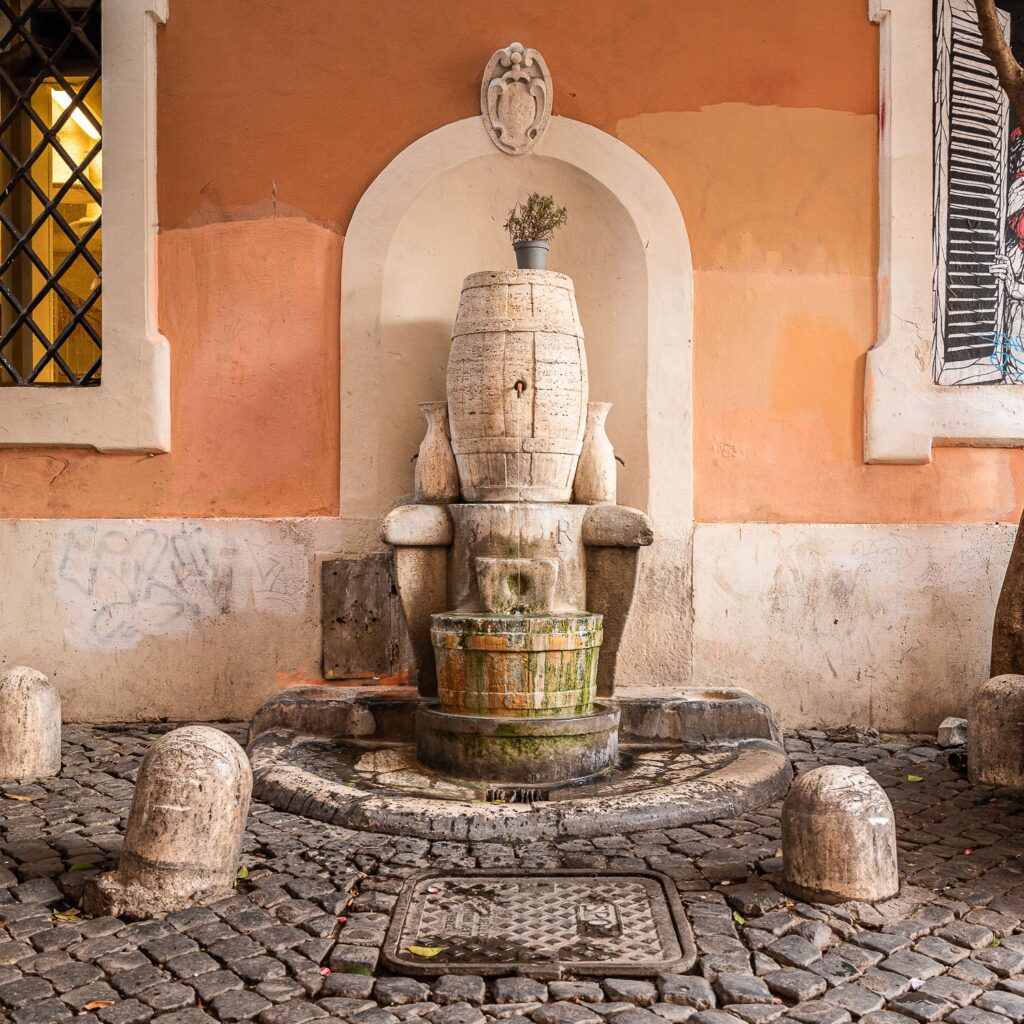
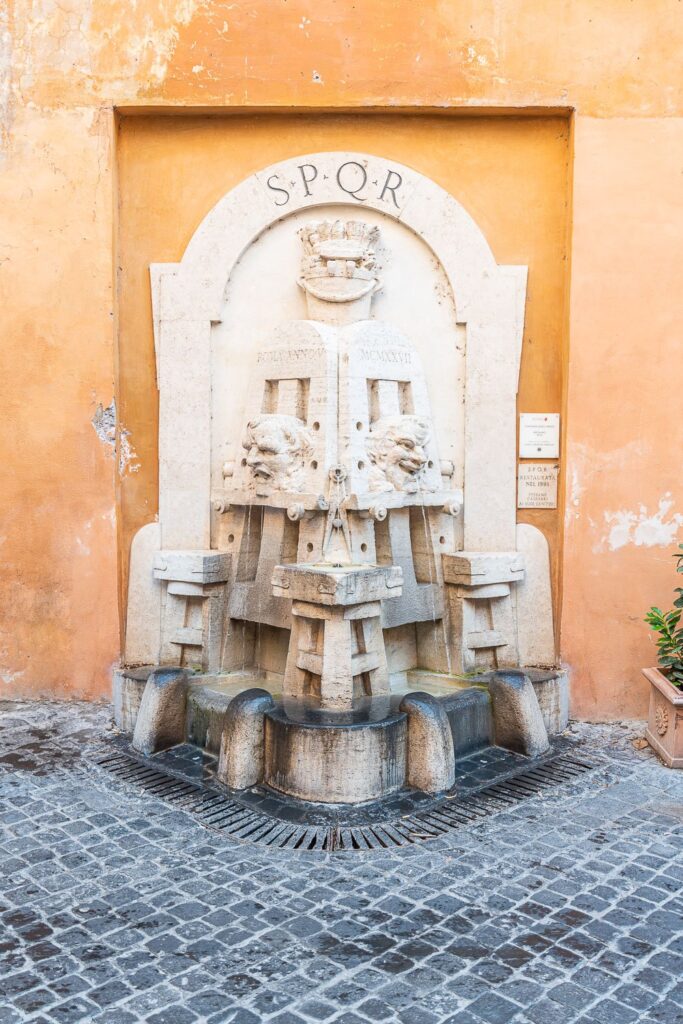
Fountain Of The Barrel (Fontana della Botte)
The Fontana della Botte in via della Cisterna emphasizes the renowned characteristic of the Trastevere district full of taverns and restaurants, so the water of the fountain flows from a wine barrel and pours into a must basin, flanked by two one liter wine measures.
Fountain Of The Books (Fontana dei Libri)
The Fountain of the books, on via degli Staderari, which was once via dell’University, because of its proximity to one of the first offices of La Sapienza. This is currently the headquarters of the State Archives, the offices of the Senate of the Republic and was born as the headquarters of the University of Rome, established in the Middle Ages under Boniface VIII and distinguished, since the fifteenth century, with the name “La Sapienza”.
The travertine fountain sits in a niche covered by a round arch, bearing the SPQR engraving. In the center, the muzzle of a deer and on the sides the books, from whose bookmarks the water gushes towards the semicircular basin and towards drainage crates in the pavement.
Fountain Of The Ship’s Wheel (Fontana del Timone)
Fountain of the Ship’s Wheel
The Fountain of the Ship’s Wheel, on via Porto di Ripa Grande and built of travertine, is inspired by the coat of arms of the Ripa district (although actually located in the Trastevere district) and the elements of navigation, the bar and the rudder, form the center from which the water gushes out and collects in a small suspended circular cup.
Fountain Of The Pine Cone (Fontana della Pigna)
I found this fountain to be the most peculiar of all of these because of how unassuming it is. If you are walking around Piazza San Marco, which is right next to Piazza Venezia, you will see a pinecone shaped fountain on the corner that is usually blocked by one of the buses stopped in the area. This is the Rione Pigna, and according to tradition, the area was named after the colossal bronze pine cone (Pigna) that is now in the Belvedere Courtyard of the Vatican Museums.
Fountain of the Pine Cone
The fountain is near the #8 tram, which is important if you are looking to get to Trastevere, and it is also right next to one of the Talking Statues, Madame Lucrezia, so please take a few minutes to register a complaint with her, if necessary.
Fountain Of The Tiaras (Fontana delle Tiare)
As I mentioned, the Fountain of the Tiaras is very close to Piazza S. Pietro but not a focus of the throngs of faithful that make their way to the Basilica. The fountain is located very close to the Passetto, which is the passageway that allowed the Popes to escape from the Vatican and make their way to the safety of St. Angel Castle.
The fountain has three small semicircular shell-shaped basins that collect the water flowing from the spouts placed on top of three pairs of keys of St. Peter’s. There are three papal tiaras, the hats the popes used to wear, with a fourth one on top. The Fountain of the Tiaras also depicts the presence of the papal authority in the Borgo district, which is still part of Rome, but it is very close to the Vatican.
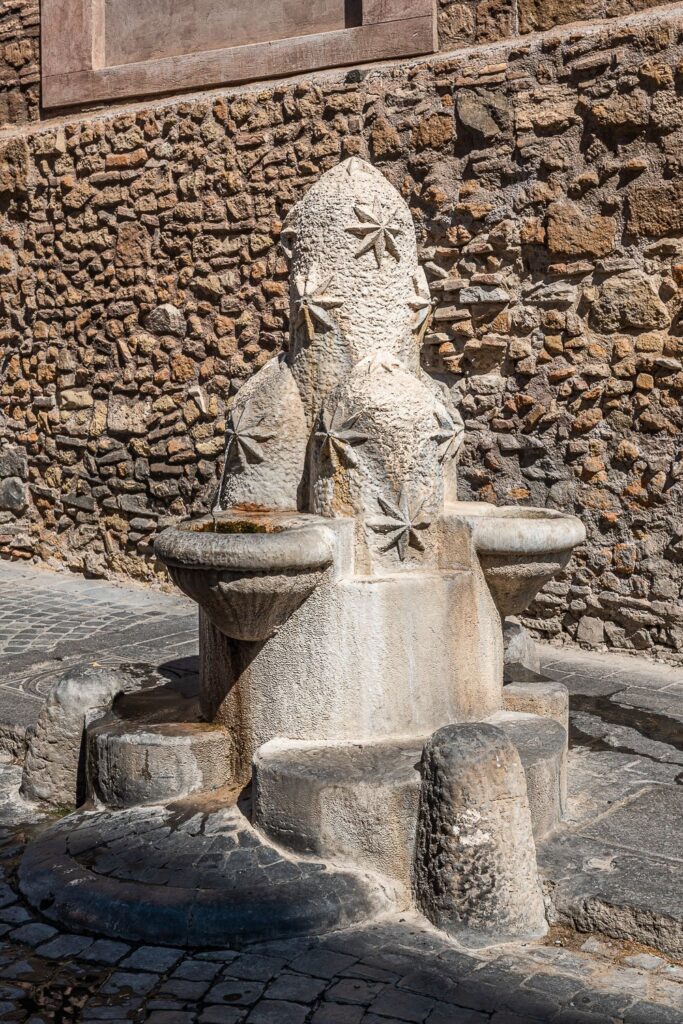
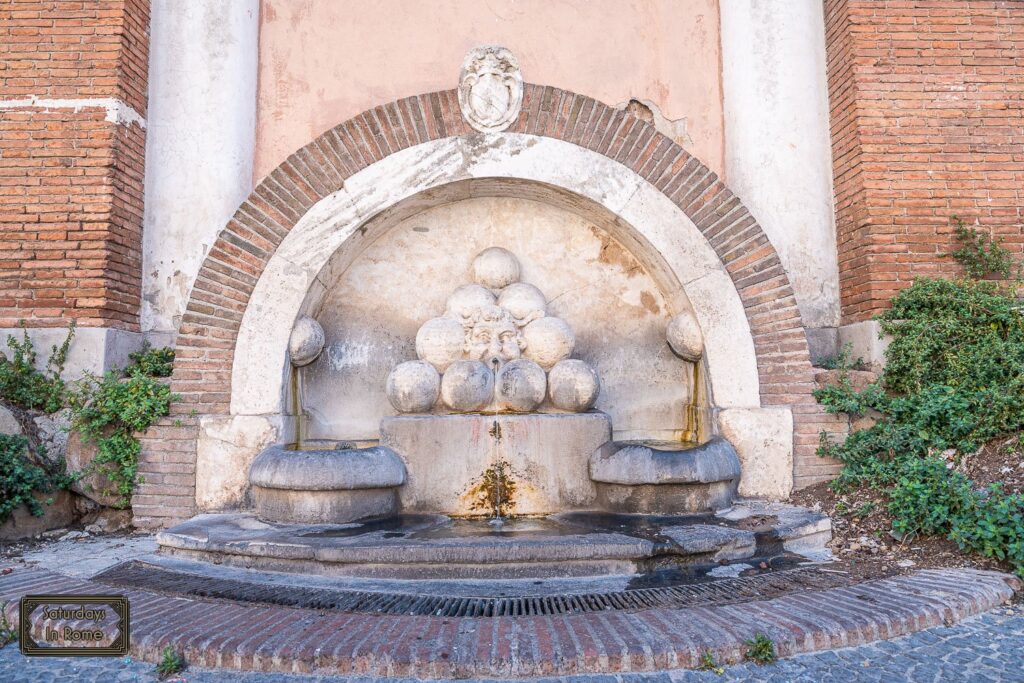
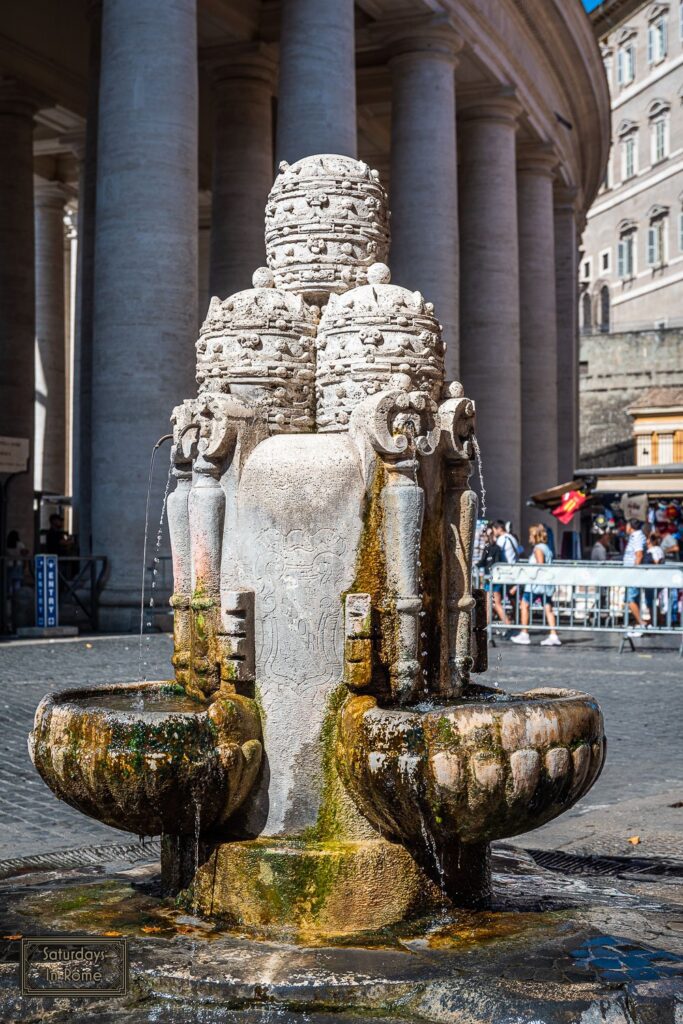
Fountain Of The Cannon Balls (Fontana delle Palle di Cannone)
This fountain is located in via di Porta Castello, just beyond the open arches of Il Passetto, is located under a round travertine arch, in the center of which the coat of arms of the Municipality of Rome is depicted, and consists of a mask placed in the center of a pyramid made up of overlapping marble cannon balls, which is reference to the nearby fortress of Castel St. Angelo, which pours water into the underlying trough for horses.
Fountain Of The Mountains (Fontana dei Monti)
This fountain was a challenge to find because it is tucked away down a small street near Santa Maria Maggiore on via San Vito. The fountain is composed of an allegorical collection of symbols that were inspired by the coat of arms of the Monti district, three superimposed starry mountains, which are in reference to Esquilino, Viminale and Celio, once all included in the Monti district.
The Best Things To See In Rome For Free
I’ve mentioned this before, but I think it is important to learn about some of these hidden gems, like these famous fountains in Rome, Italy, because it will give you a better understanding of the beauty among which you are walking. These fountains, the Ancient Roman Fountains that you may have overlooked and the famous Rome Statues may be lower on your priority list for your first or second visit to Rome, but they can add depth to your future enjoyment once you have had your fill of the Trevi and Triton fountains. For more suggestions of hidden gems in Rome you should check out, take a look at these other posts:
- Why are there Egyptian Obelisks in Rome?
- The Second Part Of The Egyptian Obelisks In Rome.
- The Santo Stefano Rotondo Church In Rome Must Be Seen.
- Relax On Aventine Hill.
- The Quartiere Coppedè In Rome Is Waiting To Be Discovered.
- The Piazza Venezia History Is Worth Knowing.
- The Trevi Fountain Coin Toss And Other Amazing Secrets.
- Piazza del Popolo Rome – The Beauty And The History.
- A 3-Day Rome Itinerary Plans For Your Third Visit To Italy.

